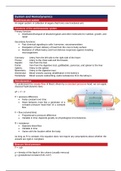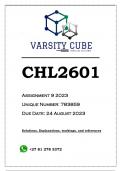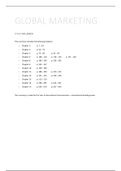Summary
Summary 8WB00 - Heart and blood
- Course
- Institution
- Book
A complete summary for the course 8WB00 - Heart and blood based on lectures, slides and books. 1. System and Hemodynamics 2. Blood 3. Blood vessels 4. Heart 1; Heart and thorax 5. Vessel mechanics 6. Electrophysiology 7. Heart 2; Form and function 8. Heart 3; The heart as pump
[Show more]






